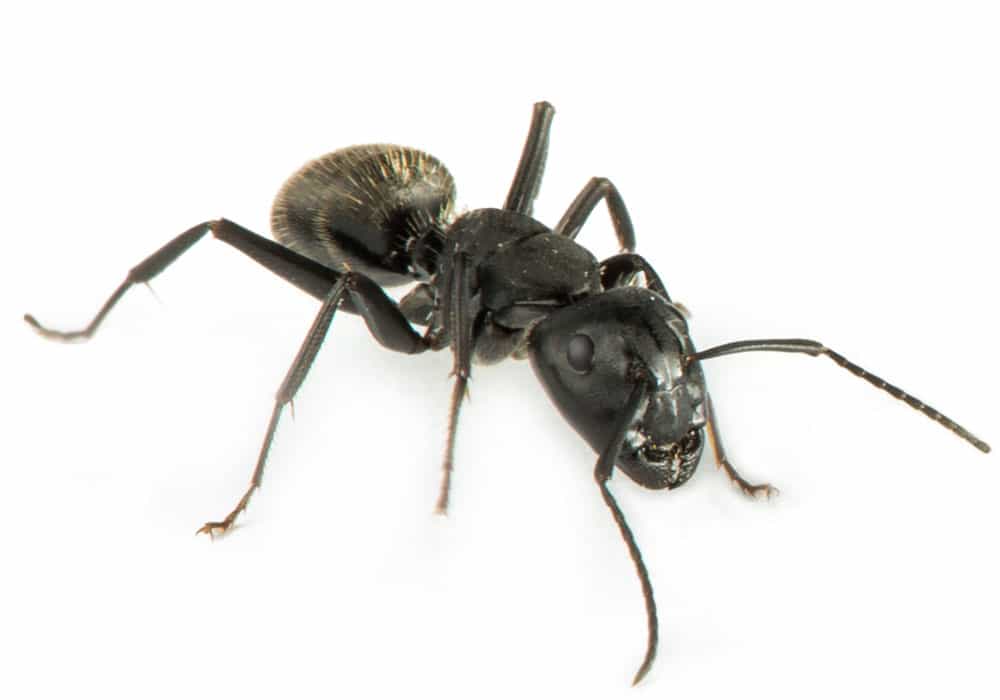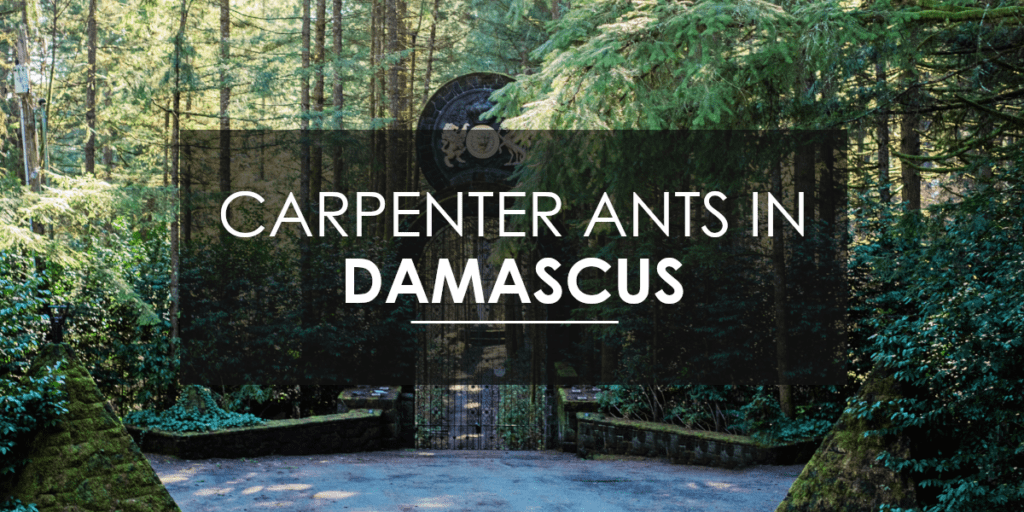What’s the Hardest Ant to Get Rid Of?
When it comes to persistent household pests, sugar ants—specifically odorous house ants (Tapinoma sessile)—are among the most challenging to eliminate. Despite their small size and lack of destructive tendencies, these ants are notoriously difficult to control due to their unique behaviors and biology.
Why Are Sugar Ants So Hard to Get Rid Of?
Sugar ants are not just a nuisance; they are a formidable pest due to their complex colony structures. Unlike many ant species that operate from a single nest, sugar ants often have multiple interconnected colonies. This means that treating one colony may not suffice, as others may remain active nearby, continuing to invade your home. Their ability to establish several nests makes it challenging to eradicate them completely.
Additionally, sugar ants are highly adaptable. They can forage for food and water sources in various locations, making it difficult to pinpoint and eliminate all potential attractants. Their preference for sweet substances and moisture leads them to invade kitchens, bathrooms, and other areas where food and water are readily available.
Why Do I Suddenly Have Sugar Ants in My Home?
If you’re wondering, “Why do I suddenly have sugar ants in my home?“, it’s likely due to several factors. Sugar ants are attracted to sugary foods, moisture, and warmth. Even a small crumb or a drop of syrup can attract them. Additionally, cracks and crevices around windows, doors, and the foundation of your home provide easy access points for these industrious insects. Understanding the factors that attract sugar ants can help in preventing their intrusion.
For more detailed information on why sugar ants invade homes and how to prevent them, visit our page on Why Do I Suddenly Have Sugar Ants in My Home?.
Effective Strategies for Eliminating Sugar Ants
Eliminating sugar ants requires a comprehensive approach:
-
Identify and eliminate food sources: Clean up crumbs, spills, and food residues promptly.
-
Seal entry points: Use caulk to close gaps around windows, doors, and the foundation.
-
Use appropriate baits: Set up ant baits that attract ants and allow them to carry poison back to the colony.
-
Maintain cleanliness: Regularly clean areas where ants are active to remove pheromone trails.
By understanding the behaviors and biology of sugar ants, you can implement effective strategies to control and eliminate them from your home.

Sugar Ant Description
Size
The sugar ant is very small—measuring about 2.4-3.3mm long. They are typically about as small as a pencil eraser. Although they are small, they quickly become noticeable as they swarm around food or stream through your home in a line.
Color
Sugar ants are typically black in color.
Smell
This might sound strange, but when crushed, sugar ants release an unpleasant, coconut-smelling odor. Sugar ants have a gland that releases this smell and it’s why they are called the odorous house ant.





